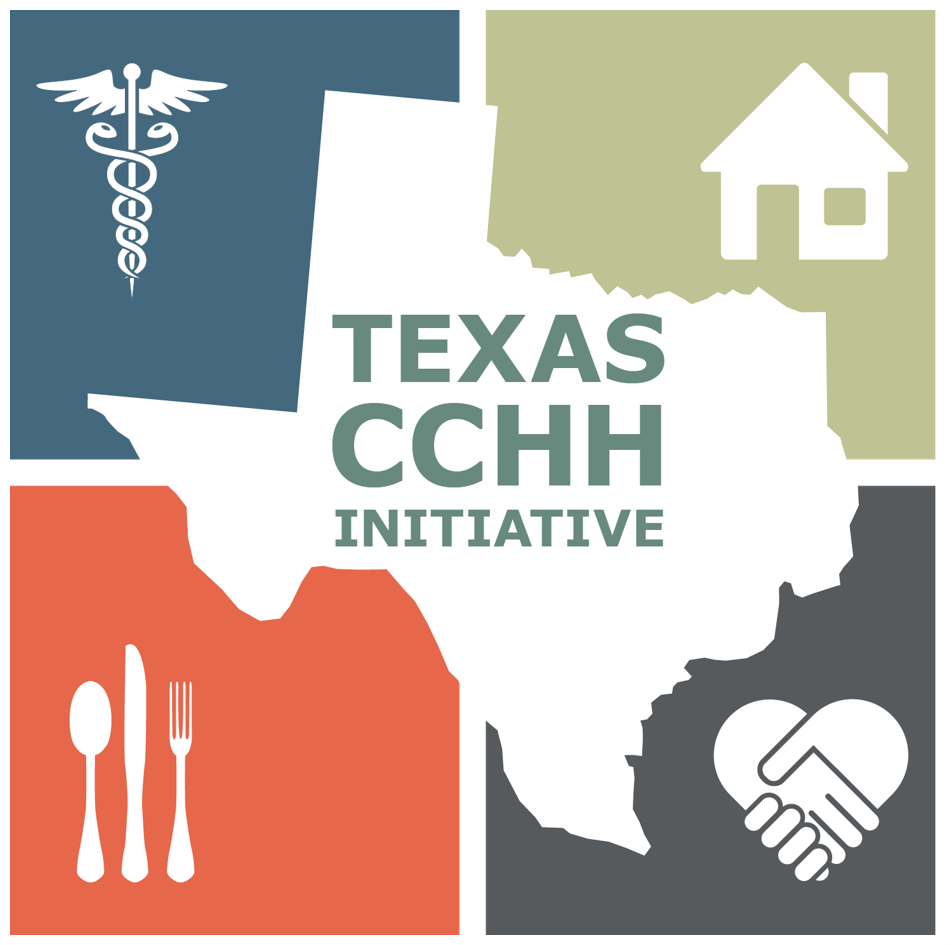By Andrea Caracostis, CEO of HOPE Clinic in Houston &
Jo Carecedo, EHF’s VP for Grants
One by one, the young nail salon workers came to the HOPE Clinic in Houston battling serious coughs, neck and arm pain, and fungal infections in their fingernails. Clinicians would help them with these ailments — but they kept coming back.
Health care practitioners routinely see how social, economic, and environmental factors affect their patients’ health. Poverty, substandard housing, poor working conditions, lack of affordable healthy food, and limited places to exercise safely are just a few of the community conditions that contribute to chronic health issues like diabetes, heart disease, and asthma. What’s not always clear, though, is what role health care practitioners can play in improving these conditions beyond the confines of an exam room.
After seeing firsthand the repeated health problems faced by nail salon workers, our organizations tried to find out.
In Houston, as in some other cities, nail salon workers tend to be young Asian women. They are routinely exposed to toxic chemicals that can irritate the skin and eyes, trigger allergies, and cause neurological issues. They’re also exposed to their clients’ blood and infected skin and nails. And they frequently experience neck, shoulder, wrist, and back problems because of poor ergonomics and repetitive movements.
Medical care can help treat these symptoms, but medical care alone wasn’t the key to improving the nail workers’ health. Instead, the solution required addressing the root causes of their problems. That’s why we embarked on an effort to use our experience and influence to improve the working conditions that were having a direct impact on the health of these women.
While doctors and nurses at HOPE Clinic had seen the health issues firsthand, they wanted to ground their understanding of the problem by doing community research. With funding from Episcopal Health Foundation, they hired nail salon workers to be community researchers. These researchers visited nail salons across the Houston area and interviewed almost 400 workers about their physical and mental health, exposure to chemicals, access to health care, workplace safety, and more.
The survey showed that a large number of salons use potentially hazardous chemicals, that nail salon workers who reported wearing masks were less likely to report waking up have shortness of breath or coughing, and that between 5 and 10 percent of workers reported physical pain “very often.”
Based on the results, HOPE staff members were able to set priorities for action. But they didn’t want to decide on their own what steps were needed to address the working conditions in nail salons. Instead, they collaborated with community organizations and nail salon workers to listen to their ideas about what should be done. The key was to develop solutions with the community members, not for them.
The Houston nail salon workers decided that the best solution would be to integrate specific health education into nail salon schools. So, with input from workers and the schools, HOPE Clinic created a curriculum to teach future workers about the importance of using gloves and protective masks when they polish nails; about choosing less-hazardous chemicals for polish, polish removal, and applying artificial nails; and the health benefits of using a lower chair and adopting good posture.
Although the community action our group took was focused on education, solutions to improve community conditions can take many forms.
 EHF recently launched the $10 million Texas Community-Centered Health Homes Initiative to help clinics address similar health issues in their communities. First developed by the Prevention Institute, the community health home clinic concept acknowledges that community conditions outside the clinic walls affect patient outcomes and that the clinic can actively participate in improving them. This initiative is a large-scale, long-term investment in getting community-based clinics to improve health — not just health care — in the areas they serve.
EHF recently launched the $10 million Texas Community-Centered Health Homes Initiative to help clinics address similar health issues in their communities. First developed by the Prevention Institute, the community health home clinic concept acknowledges that community conditions outside the clinic walls affect patient outcomes and that the clinic can actively participate in improving them. This initiative is a large-scale, long-term investment in getting community-based clinics to improve health — not just health care — in the areas they serve.
Thirteen clinics, including HOPE, are currently participating in the community-centered health homes project. They’re focused a range of issues, such as reducing obesity through increased access to safe physical activity, improving access to healthy foods like fresh fruit and vegetables, reducing diabetes among families in poverty, and taking action to ensure that families don’t suffer from hunger and poor nutrition.
Implementing a community-centered health home model represents more than a one-time effort to improve community health. Instead, it’s a cultural shift of how clinics think about their role in improving their surrounding communities.
When we put ourselves in our patients’ shoes, the call to action becomes crystal clear: In addition to creating a health system that ensures that all patients receive quality medical care, we need to ensure that the places in which they live and work also keep them healthy.
